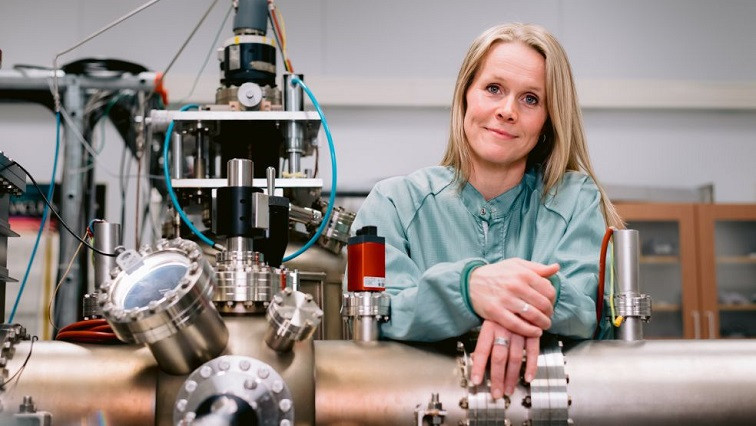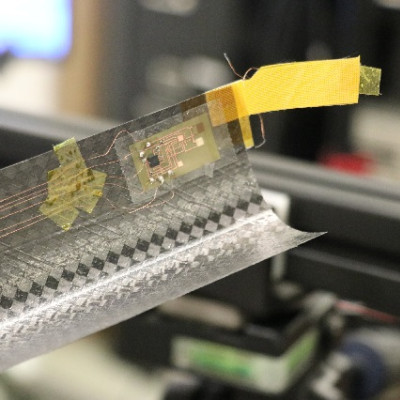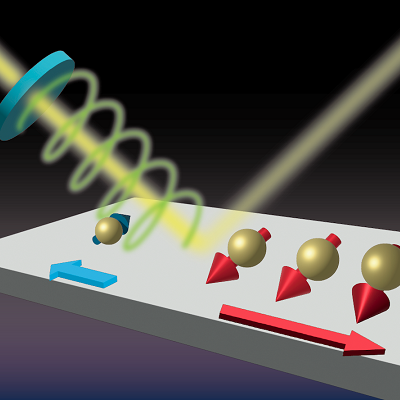Materials that have a cross-section as thin as one or a few layers of atoms possess unusual properties due to their thickness. These properties may be high electrical conductivity, high strength or an ability to withstand heat, giving ultrathin materials a great potential for use in future technology. The most well-known material is graphene, and the hunt for other ultrathin materials, also known as two-dimensional materials, has increased in intensity since its discovery.
Graphene and many other two-dimensional materials are either semiconductors, semimetals or polarised insulators. The lack of an ultrathin metal conductor is an obstacle in the development of components based exclusively on two-dimensional materials.
Energy storage and water purification
In 2011 a new group of ultrathin materials was discovered, and given the name MXenes. They consist of a metal in combination with either carbon or nitrogen atoms. MXenes supplement other ultrathin materials in that they are metallic conductors, and open the door to completely new applications on the nanometre scale.
Johanna Rosén, professor in the Department of Physics, Chemistry and Biology at Linköping University, together with colleagues from Drexel University in the US, has written an article in Science discussing the future of MXenes and the influence they are expected to have.
“There are many conceivable applications. The two that are closest to realisation are efficient energy storage, in the form of batteries and supercapacitors, and electromagnet interference shielding.
But in the long term, we will be able to manufacture filters for air and water purification, antennas for the next generation of communication, and many other applications that we haven’t thought of yet”, says Johanna Rosén.
Biocompatible
Furthermore, many MXenes are biocompatible (compatible with living tissue), non-toxic and eco-friendly, which means that they are being studied for possible applications in biomedicine. One such application is the formation of artificial kidneys, which would make dialysis treatment (or other treatments where dialysis machines are not available) unnecessary.
The first MXene to be discovered was titanium carbide, Ti3C2. Now, ten years later, approximately 50 different MXenes have been developed, many of them at Linköping University. However, the methods used to produce them mean that the combinations available are almost infinite. This means that there may in the long term be thousands of MXenes with different tailored properties.
“MXenes were discovered only ten years ago, and the research field to study them has grown extremely rapidly. Approximately 6,600 scientific articles are now published each year. But there are still many properties and applications that remain to be discovered, and that can solve many contemporary challenges within both technology and medicine”, says Johanna Rosén.
Read the original article on Linköping University (LiU).







